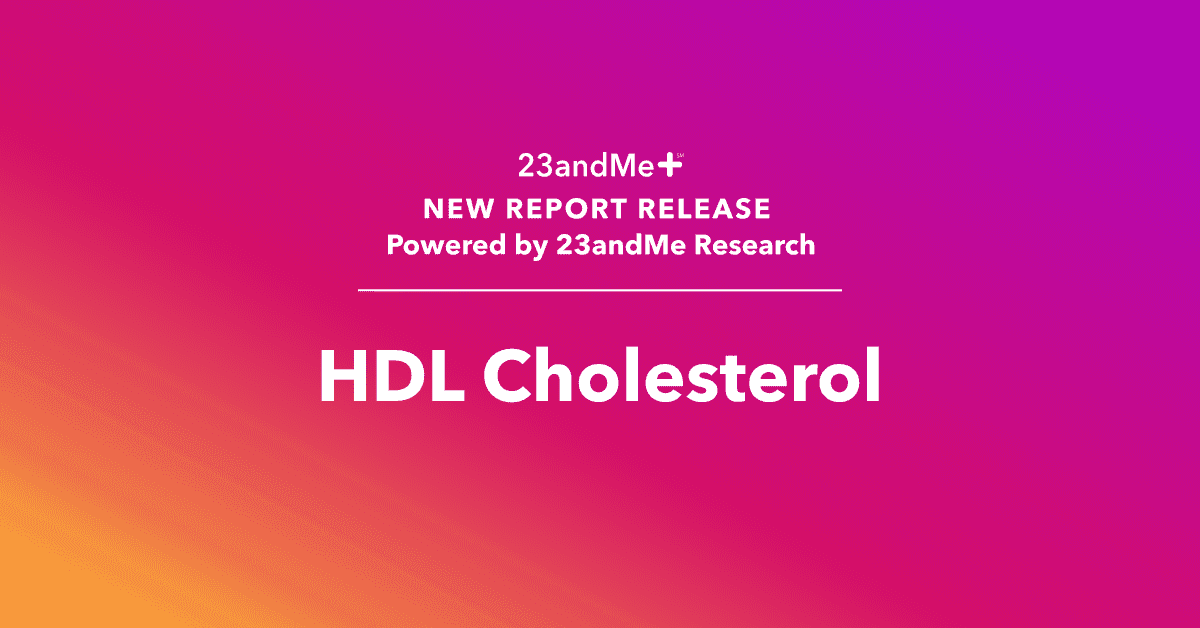Not all cholesterol is created equal. Understanding the difference between “good” and “bad” cholesterol, as well as your cholesterol levels, can help in your quest for a healthy heart.
The Good, the Bad, and the Gunky
Heart disease is a leading cause of death in the United States. Coronary artery disease is the most common type of heart disease in the United States. It’s characterized by a build-up of a waxy, cholesterol-containing plaque that narrows the arteries and reduces blood flow, impacting the heart’s rhythm, the heart muscles, and the other blood vessels connected to it.
The gunky build-up of plaque is where so-called “good” and “bad” cholesterol come into play. High levels of low-density lipoprotein, or LDL, the so-called “bad cholesterol,” are associated with a higher risk for heart disease. Higher levels of high-density lipoprotein, or HDL, the so-called “good cholesterol,” are associated with a lower risk for heart disease. That’s because HDL acts like an arterial cleanser, removing cholesterol from blood vessels and taking it back to the liver for its removal from the body. This helps prevent LDL cholesterol from building up on the walls of blood vessels and restricting blood flow.
Typically, you can learn about your cholesterol levels through a fasting blood test that includes a lipid profile. This often includes measurements of total cholesterol, triglyceride levels, as well as LDL and HDL levels. Many tests also look at the total cholesterol to HDL ratio. Doctors often use this ratio of total cholesterol to HDL as a way to gauge risk for heart disease. A higher ratio increases the risk. Many factors contribute to the build-up of bad cholesterol and plaque in the body that can lead to an increased risk for heart disease. Smoking, eating unhealthy fatty and fried foods, a person’s weight, and not getting enough exercise can all contribute to your risk.
But other factors, including your family history, certain health conditions, and your sex also play a role. In addition, your genetics can influence your likelihood of developing higher LDL cholesterol or lower HDL, both of which can increase one’s risk for heart disease. About 30 percent of males and 10 percent of females in the United States have low HDL cholesterol, according to a report by the Centers for Disease Control and Prevention.
Going Deeper on HDL
23andMe offers several reports that give customers insights into different heart-related conditions. For instance, there are reports on type 2 diabetes, familial hypercholesterolemia (an inherited form of high LDL cholesterol), and TTR-related hereditary amyloidosis, a genetic condition associated with cardiac and neurological problems.**
For those who want to go a little deeper, we offer 23andMe+,* an annual membership with 10+ exclusive reports and features delivered to you throughout the year. Among those reports are several heart-related conditions to explore. Along with reports on coronary artery disease, high blood pressure, atrial fibrillation, triglycerides, and LDL cholesterol, we recently added a new report on HDL cholesterol to 23andMe+. All are powered by 23andMe research.
This new report does not diagnose low HDL cholesterol. Instead, it estimates the likelihood of developing low HDL based on a statistical model. The model uses more than 15,000 genetic markers associated with developing low HDL. The model also includes ethnicity and sex to calculate an estimate. The data used in the model comes from 23andMe customers who consented to participate in research.
Taking Action
Understanding more about your genetics can be a good first step in learning about your chances for heart disease. Remember to talk with your healthcare provider before making any major lifestyle changes. That said, maintaining a healthy weight, a diet low in saturated fat, and getting plenty of exercise is good for heart health.
To learn more about 23andMe+ membership, go here.
*10+ reports and features will be added annually from January to December.
***23andMe health predisposition reports include both reports that meet FDA requirements for genetic health risks and reports which are based on 23andMe research and have not been reviewed by the FDA. The test uses qualitative genotyping. This detects select clinically relevant variants in the genomic DNA of adults from saliva for the purpose of reporting and interpreting genetic health risks. It is not intended to diagnose any disease. Your ethnicity may affect the relevance of each report. It may also affect how your genetic health risk results are interpreted. Each genetic health risk report describes if a person has variants associated with a higher risk of developing a disease. However it does not describe a person’s overall risk of developing the disease. The test is not intended to tell you anything about your current state of health, or to be used to make medical decisions, including whether or not you should take a medication, how much of a medication you should take, or determine any treatment. For important information and limitations regarding each genetic health risk report, visit 23andme.com/test-info/.




